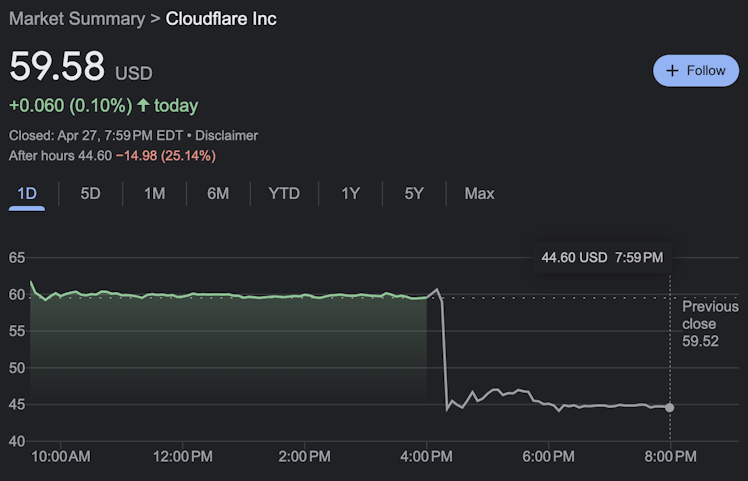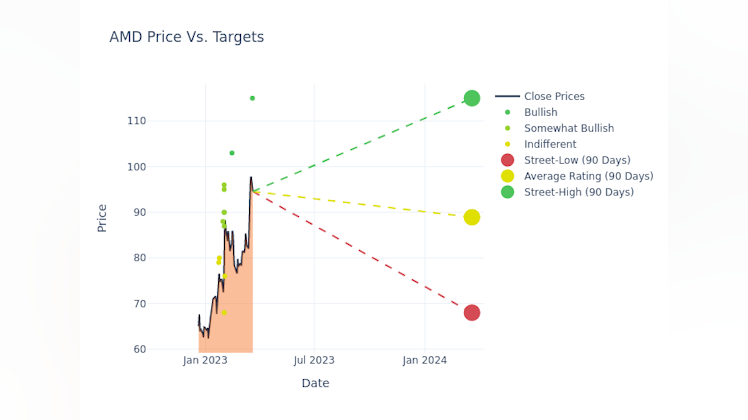U.S. Companies Are Sitting on $3.6 Trillion in Cash. SVB Has Added New Risk to It All. --
Barrons.comMentioned: AAPL AMZN MSFT ROKU SIVB
By Eric J. Savitz
As Silicon Valley Bank slid into receivership this month, one of the most unsettling disclosures was the large number of companies with bank deposits in excess of the $250,000 covered by federal deposit insurance. In the most startling example, the streaming video company Roku revealed that it had $487 million parked there, about 26% of its total corporate cash. "At this time, the Company does not know to what extent the Company will be able to recover its cash on deposit at SVB," Roku said in a securities filing.
Those were scary words until the government came to the rescue of Roku (ticker: ROKU) and hundreds of other SVB depositors with accounts in excess of $250,000, vowing to make them whole. But the disclosures raise questions, not least of which is what other large companies are doing with all their cash.
Before we get to that, a few more words on Roku. The company declined a request to discuss the situation, but there are some hints. For one thing, Roku and SVB have a long history. Roku's 2017 initial-public-offering prospectus contains the phrase "Silicon Valley Bank" 22 times, with Roku indicating that it had been borrowing from the bank at least since 2014.
At the time of the IPO, those borrowings were secured by all of the company's assets. While the borrowings have been paid off for some time now, the point is that Roku, like many companies in the Valley, were deeply entwined with the bank and its parent SVB Financial. (I should note here that I worked at Roku for a year before rejoining Barron's in 2019 and before that served as a consultant on their IPO while I was a partner at the communications firm Brunswick Group.)
SVB also had a substantial business making loans to early stage unprofitable companies. That's a category of the credit market known as venture debt -- loans to pre-IPO companies. SVB was offering the debt equivalent of Series A financing. The terms sometimes required that companies keep their cash inside the bank.
While none of this excuses the risks taken by Roku and other tech firms, it does help explain why it happened.
I spoke with chief financial officers and treasurers at multiple public tech companies this past week to get a grasp on the mundane but critical question of how best to manage corporate cash.
It's no small market. According to Carfang Group, a treasury management consulting firm, U.S. companies currently hold about $3.6 trillion in cash on their balance sheets, soaring over the last two decades, from about $1 trillion in 2000.
Just the five megacap tech companies alone -- Apple (AAPL), Microsoft (MSFT), Alphabet (GOOGL),
Amazon.com (AMZN), and Meta Platforms (META) -- hold more than $500 million worth of cash and marketable securities.
The financial tech execs I spoke with, asked not to be identified, noted that it's not unusual for larger companies to have hundreds or even thousands of bank accounts. Companies with geographically vast footprints and large daily cash deposits -- think of large retailers like Walmart or Costco Wholesale -- require a vast network of banks, often in places where larger banks don't have operations. Countries with far-flung international operations need local banks in every market, with multiple banks in China and other large countries.
Anthony Carfang, founder of the Cargang Group, said in a recent webinar that corporate treasurers face at least a half dozen types of risk. There's liquidity risk, which became crystal clear with the SVB collapse -- what he calls "the ability to pay today's bills today."
There's interest rate risk -- that's the one that triggered SVB's demise. There's concentration risk (hello, Roku!). There's duration risk, which also contributed to the troubles at SVB. There's credit risk. And there is relationship risk -- that one bit many of the companies that were tied to the SVB collapse.
Here are some takeaways on how tech companies approach managing cash, according to senior execs I spoke with.
-- The wisest course of action, they say, is to invest the cash in money-market funds banked by government securities -- or through direct purchases of short-term Treasuries, either through intermediaries or through the government's TreasuryDirect program. This generally cuts out the banks, and reduces several of the risks cited by Carfang. One thing that's clear is that the Valley's largest companies aren't generally turning to SVB for capital -- and it is unlikely they kept keep much cash at SVB or other regional banks. -- Managing cash at a large company can be mind-numbingly complex, sometimes covering hundreds or even thousands of accounts. Acquisitions can add hundreds of additional accounts that can take long periods to wind down, in particular those used for accounts receivable and accounts payable. One corporate treasurer told me it can take years to shut down accounts in some foreign jurisdictions. In some places, the treasurer added, there are strict rules on commingling revenue from products and services. In China, arcane banking rules can vary by province. Another corporate treasurer said he uses at least two banks in every region where his company operates to address the risks of relying on a single bank in any location. -- Several treasurers I spoke with said they use the money management portal from a company called Institutional Cash Distributors to access money-market funds from larger issuers like BlackRock, BNY Mellon, State Street, and others. They note that ICD provides a dashboard that makes it easy to invest in multiple money funds, spreading the risks, while getting detailed information on the combined nature of their holdings, in terms of duration, geography, credit ratings, returns, and issuers. They also noted that issuers pay a fee to ICD, but investors pay ICD nothing, with very low management fees on the funds. -- The primary goal for any corporate CFO or treasurer is capital preservation. A year ago, when rates were close to zero, there was no opportunity to generate a return on corporate cash. In the current environment, that cash can now generate a return that can be a useful addition to net income. But investors aren't buying tech stocks for their ability to squeeze extra dollars from cash balances, and there is little reason to take on additional risk to do it, despite the temptation to reach for yield.
Tech companies may have piles of cash, but they aren't banks. They should be using their capital to innovate. Not speculate.


